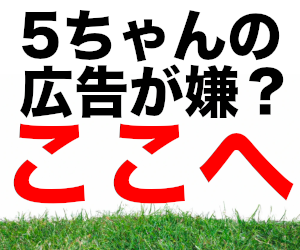Since before World War II in Japan, unique religious ideas and rituals that combine ancient
Korean Shamanism and Buddhism have developed. The sites of this practice have been called
“Korean Temples.” They are comprised of bosaru (“Bodhisattva,” female shamans), sunim
(Buddhist monks), and the first-generation Korean women living in Japan that support them.
However, as I pointed out in my 2012 study, the existence of a network between “City
Temples” in Osaka and “Mountain Temples” in the Ikoma Mountains near the Kansaiurban area
has led me to begin calling them “Temples for Koreans living in Japan.”
Many “Temples for Koreans living in Japan” are experiencing a generational change ; now
most practitioners are Koreans who came to Japan from the 1980s onwards. They have devel-
oped new religious activities that differ from those of “Korean Temples.” In addition, in light of
their lifestyles of going back and forth between Korea and Japan, we could say that the circum-
stances surrounding them are part of the general shift towards transnationality.
The purpose of this paper is to clarify the development of the religious practices of Koreans
in colonial and postcolonial times, and the transition from “Korean Temples” before World War II
to the current “Temples for Koreans living in Japan.” Accordingly, it will also consider whether
or not it is possible to point out the “Empire.”
Keywords : Korean temples, temples for Koreans living in Japan, networking, newcomers, trans-
national
「朝鮮寺」から「在日コリアン寺院」へ (宮下)
― 63
探検
札幌で一人暮らし その226
■ このスレッドは過去ログ倉庫に格納されています
572774号室の住人さん (アウアウカー Sae7-/Vhm [182.251.248.3])
2018/12/12(水) 09:17:41.11ID:dC4BpAn8a■ このスレッドは過去ログ倉庫に格納されています
ニュース
- 立川の小学校襲撃の46歳男「知人の娘をいじめている子と話すために行った」と供述 [蚤の市★]
- 【山梨】生活保護世帯「食事が1日1回以下」は14%「毎日入浴」は22% 初の実態調査 [ぐれ★]
- 70代夫婦死亡、同居の16歳孫を殺人容疑で逮捕 愛知・田原 [蚤の市★]
- 「人員は少し足りないぐらいがちょうどいい」 1万人削減のパナソニックHD楠見社長 ★2 [蚤の市★]
- 【ラジオ】週刊誌報道は「8割ぐらいウソ」 マツコが言及「この立場になってみて分かるけど」 [湛然★]
- 【文春】永野芽郁(25)&田中圭(40)燃え上がる不倫LINE ★36 [Ailuropoda melanoleuca★]
- 吉村知事、繰り返される万博デマに苦言「特に共産党支持者と嫌儲がひどい」「ちゃんと働いて自分の人生を生きて」 [963243619]
- Z世代女さん、東京から八戸に転勤が決まって号泣した結果…哀れに思った会社が氷河期中年男性を代わりに青森転勤の刑にしてしまう… [257926174]
- 生活保護の受給額10〜13万って安すぎない?
- 七色の声を持つ声優より2つの極端な声を使い分ける声優の方が覚えられやすいよな
- 子供のいじめを無くす方法考えようぜ
- 手コキしながら喘ぐエロ音声なんなの?
